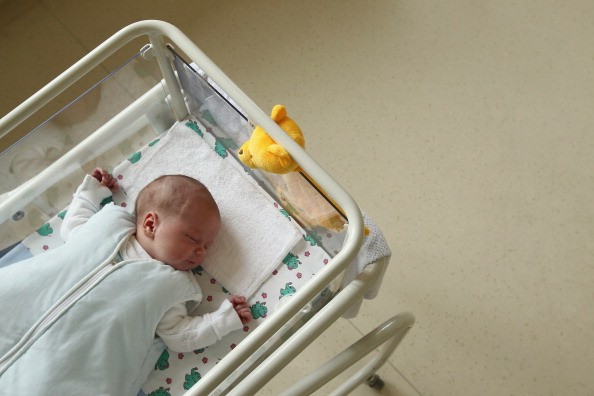
Taking a cue from the Swedish researchers, a team of doctors in the United States are planning to perform uterine transplants to increase chances of childbearing women to have a baby.
Cleveland Clinic doctors and scientists including IVF specialists and high-risk obstetricians are planning to perform uterine transplants on 10 women diagnosed with uterine factor infertility (UFI), which occurs when the woman doesn't have uterus upon birth or the organ is damaged due to disease, infection, or surgery, rendering it non-functional.
Although UFI women have the option to find a gestational carrier (surrogacy), it involves complicated legal processes, and the procedures are sometimes banned or strictly regulated in other countries.
Uterine transplants, on the other hand, are not entirely new as the process has been studied for years. However, early trials didn't produce the expected results. This new trial aims to adapt the similar methods employed by the Swedish team that significantly reduce the risk of organ rejection, which is the common problem among patients with transplants, and increase the possibility of conception and live birth.
For the study, the Cleveland Clinic team has already begun selecting potential candidates in September. These are women who are between 21 and 39 years with confirmed UFI. They are currently undergoing a series of physical and mental assessments. Selection should be unanimous for all members of the clinic team.
Once selected, the women go through an extensive process, which includes the stimulation of egg production, harvesting of the eggs, and fertilization of the eggs through IVF. The fertilized eggs are then frozen for implantation later while an organ procurement team called Lifeblanc begins looking for a uterus match. Once found, the uterus is harvested after the family signs the consent and is implanted into the woman where it's given at least a year to completely heal. Depending on the overall condition of the uterus, the fertilized egg is thawed and implanted.
Women also undergo regular cervical biopsies and take anti-rejection drugs during pregnancy while being carefully monitored. Once the woman has given birth and no longer wants to have a baby, the uterus is removed through hysterectomy and the anti-rejection drugs are stopped to avoid long-term complications.
While the procedure is life-enhancing, the researchers stress it's not life-saving, and possible complications are not that different from other transplant patients.

